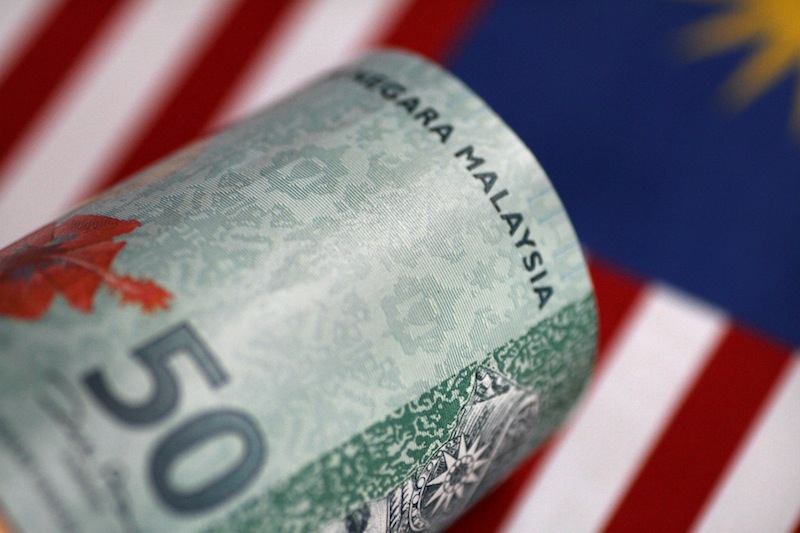KUALA LUMPUR, April 18 — The ringgit is expected to face another challenging period next week amid a bearish oil market and uncertain global sentiment.
AxiCorp global chief market strategist Stephen Innes said the factors were set to weigh on the ringgit over the short term, making the currency hover at the 4.36 to 4.39 level against the US dollar.
The week market is also looking forward to the release of the March Consumer Price Index (CPI) on Wednesday.
“The CPI should not have any immediate policy implications as it skews lower and the market will continue to price in (a possible) 100-basis point rate cut, which will also weigh on the ringgit’s short term fortunes,” he told Bernama.
FXTM market analyst Han Tan forecast March CPI to show a 0.2 per cent on-year decline, as petrol prices fell in line with global oil benchmarks.
“Oil prices are expected to struggle on this slippery slope as demand-side risks remain tilted to the downside, with global demand forecast to hit its lowest in 30 years.
“However, if more major economies enact plan to reopen, that could help oil prices find a firmer floor in May, aided by the Opec+ supply cuts kicking in then as well, which could translate into some support for the ringgit,” he said.
On Wednesday, German Chancellor Angela Merkel said the country would slowly ease social-distancing rules put in place with shops of up to 8,600 sq ft and bookstores, bike shops as well as car dealers could be opened Monday.
The next day, US President Donald Trump announced early plans to revive the country’s economy through three phases of reopening, boosting the ringgit to positive territory of 4.3650 versus the US dollar on Friday after four straight days of losses.
The positive news helped offset the bearish news from China, which recorded a 6.8 per cent contraction in gross domestic product in the first quarter of 2020, the worst performance since 1992.
“For the week ahead, the greenback is expected to remain supported above its 50-day moving average which currently resides at 4.2747 while the currency pair’s upside could face stronger resistance should it enter the 4.38-4.40 range,” Tan said.
The greenback advanced 1.4 per cent during the week versus the ringgit, as the local unit was affected by a decline in oil prices and demand as well as the bearish projection on the global economy by the International Monetary Fund (IMF).
The IMF predicted the world would face its worst downturn since Great Depression this year following Covid-19’s adverse impact, with global economy contracting by 3.0 per cent.
The decision by the Organisation of the Petroleum Exporting Countries members and allies (Opec+) to cut production by nearly 10 million barrels per day (bpd) this week also failed to excite the market amid worries over global demand.
On a Friday-to-Friday basis, the local currency performed lower against a basket of currencies.
It weakened against the US dollar at 4.3650/3750 from 4.3050/3150 on Friday last week.
The local unit was also weaker against the Singapore dollar at 3.0621/0702 from 3.0417/0498 and depreciated versus the Japanese yen to 4.0465/0562 from 3.9696/9799 last Friday.
It slipped vis-a-vis the British pound to 5.4200/4342 from 5.3709/3851 and fell against the euro to 4.7216/7338 from 4.7114/7236. — Bernama






















